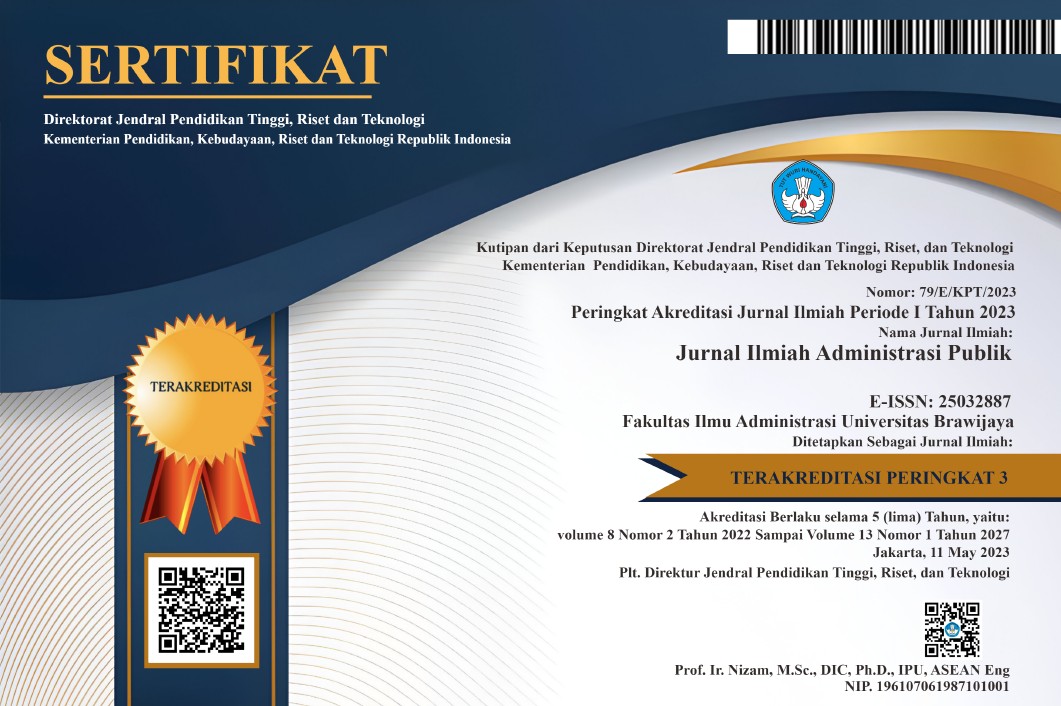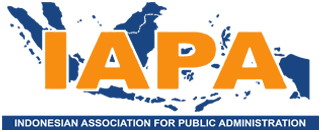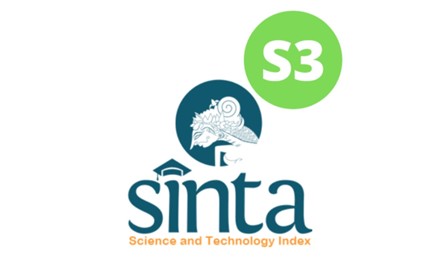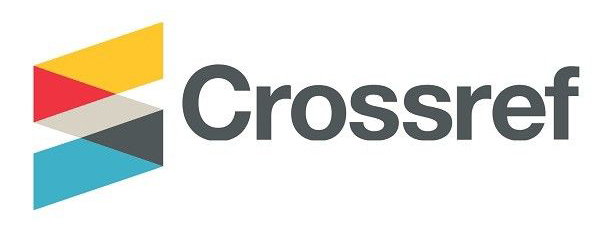Pengaruh Remunerasi dan Motivasi terhadap Kinerja Tenaga Administrasi PNS dan Non PNS Universitas Brawijaya
DOI:
https://doi.org/10.21776/ub.jiap.2021.007.01.17Keywords:
Remuneration, Motivation, Employee, Faculty of Computer Sience, Brawijaya UniversityAbstract
Remuneration policy is born in order not to occur the overlap of income between education, where previously the education of civil servants more income and have more activities than with permanent education Non PNS. This research aims to analyse partial remuneration influence and partial motivation, then the simultaneous influence of remuneration and motivation to the performance of civil servants and non-civil servants at the Faculty of Computer Science of Brawijaya University. This research uses quantitative methods with the method of data collection in the form of a questionnaire. Method of data analysis using SPSS Vr. 24 program. Based on the results of the research came the conclusion that the results of the hypothesis test Fcountdown > Ftabel is 22,976 > 3,204 significance F of < Alpha (0,000 < 0,05) remuneration significantly affects the performance of employees, while motivation also significantly affects the performance of employees.References
Baba, Ali. (2015). Effect of Remuneration and Achievement Motivation to be Sar Center Employee Performance Industries Results Plantation Makasar. Journal of Economics and Sustainable Development, 6(5), 217-224.
Darmawan. (2013). Metode Penelitian Kuantitatif. Bandung: PT. Remaja Rosdakarya.
Erni Trisnawati, Sule. (2005). Pengantar Manajemen. Jakarta: Kencana.
Garnasih, R., & Pramadewi, A. (2009). Kepemimpinan Transformasional dan Kepemimpinan Transaksional serta Pengaruhnya Terhadap Kinerja Dosen Fakultas Ekonomi Universitas Riau. Jurnal Ekonomi, 17(3), 66-76.
Hikmawati, Fenti (2017). Metodologi Penelitian. Depok: PT. Raja Grafindo Persada.
Koontz, Harold., O’Donnell, Cyril., & Heinz Weihrich. (1984). Manajemen, Jilid Dua. Jakarta: Erlangga.
Mangkunegara, A.A. Anwar Prabu. (2007). Manajemen Sumber Daya Manusia (Cet.Ketujuh). Bandung: PT. Remaja Rosdakarya.
Matutina, Domi C., Manurung, Polak., & Sudarsono (1993). Manajemen Personalia. Jakarta: Rineka Cipta.
Mondy, R. Watne., & Noe, Robert M. (1993). Human Resources Management. Boston: Allyn & Bacon.
Ruky, Achmad S. (2006). Sistem Manajemen Kinerja. Jakarta: PT. Gramedia Pustaka Utama.
Sedarmayanti. (2013). Manajemen Sumber Daya Manusia. Bandung: Refika Aditama.
Siagian, Sondang P. (1992). Manajemen Sumber Daya Manusia. Jakarta: Bumi Aksara.
Sopiah. (2008). Perilaku Organisasi. Yogyakarta: Andi.
Simanjutak, Payaman J. (2011). Manajemen Evaluasi Kinerja (Edisi Ketiga). Jakarta: Universitas Indonesia.
Veithzal, Rivai. (2005). Manajemen Sumber Daya Manusia Untuk Perusahaan. Jakarta: PT. Raja Grafindo Persada.
Wibowo. (2012). Manajemen Kinerja. Jakarta: PT. Raja Grafindo Persada.
Wilfred, Onyancha Nyanumba. (2014). Effect of Remuneration on Employees Performance in the Ministry of Internal Security: A Case of Kisii County. International Journal of Human Resource Studies, 4(1), 223-231.
Downloads
Published
Issue
Section
License
If your paper is accepted, the author identified as the formal corresponding author for the paper will receive an email prompting them to login into Author Services; where via the JIAP Author Licensing Service they will be able to complete the license agreement on behalf of all authors on the paper.














